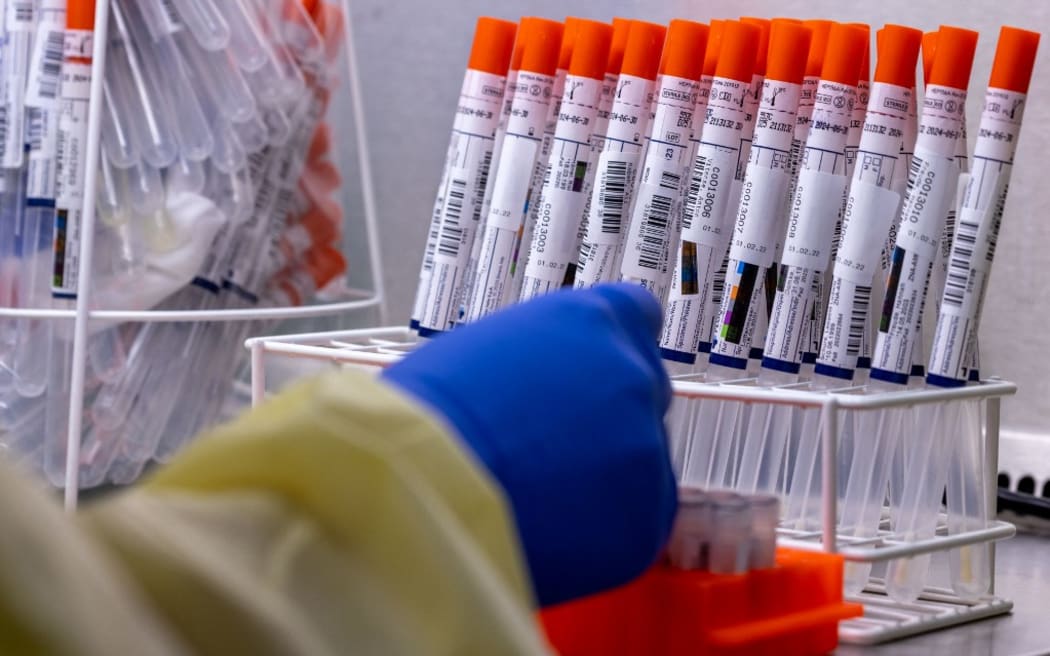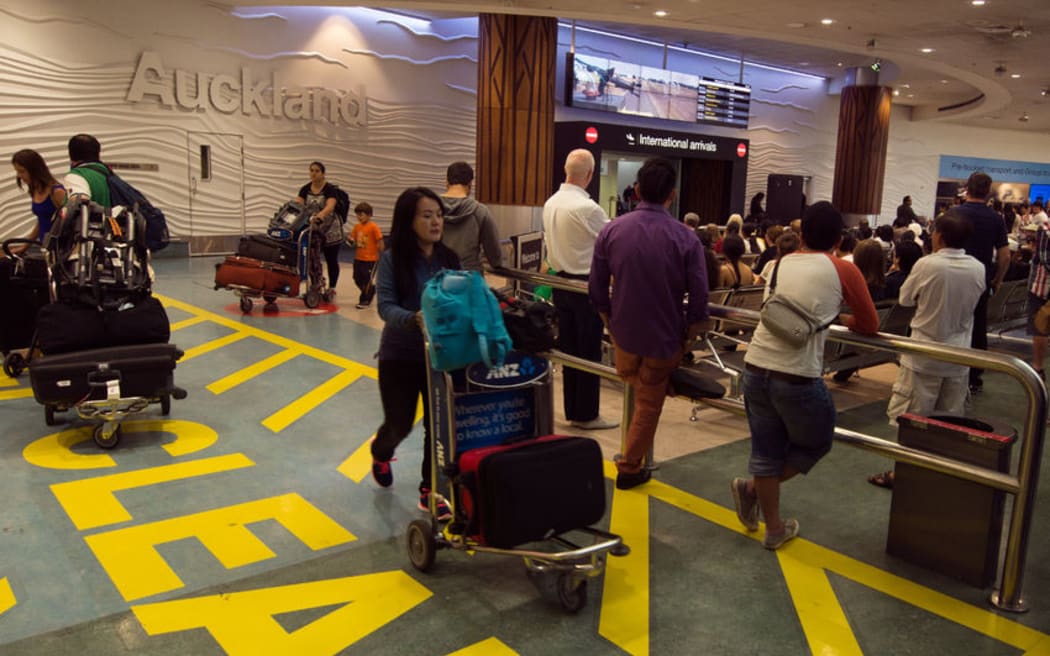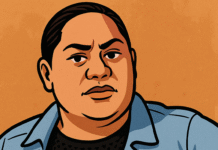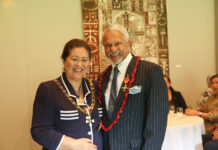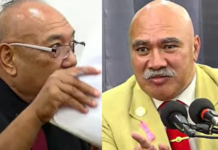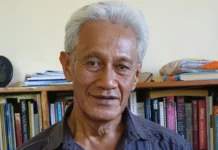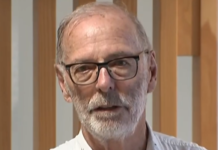‘Oku taupotu ‘i lalo ha fakamatala faka-Tonga
New Zealand is on the back foot in preparing for new Covid-19 variants now requirements for international arrivals to test have ended, health experts say.
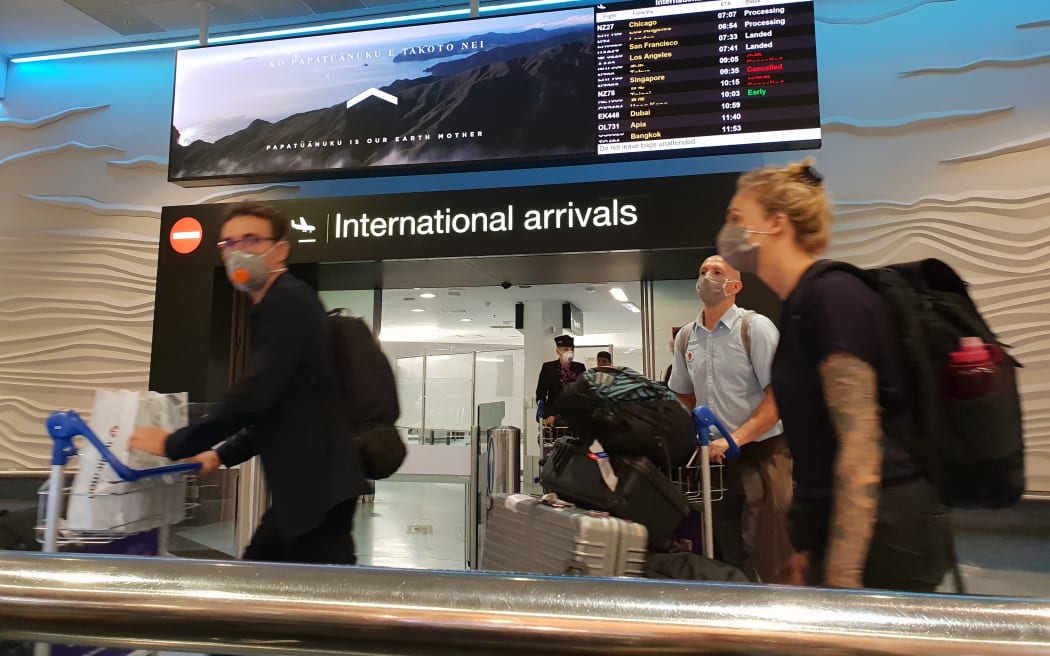
Prior to the change in border rules, which was implemented on 12 September, international travellers needed to complete rapid-antigen tests (RATs) on the day they arrived in New Zealand or the day after, and again five or six days later.
Now arrivals are encouraged to test, but it is not a requirement.
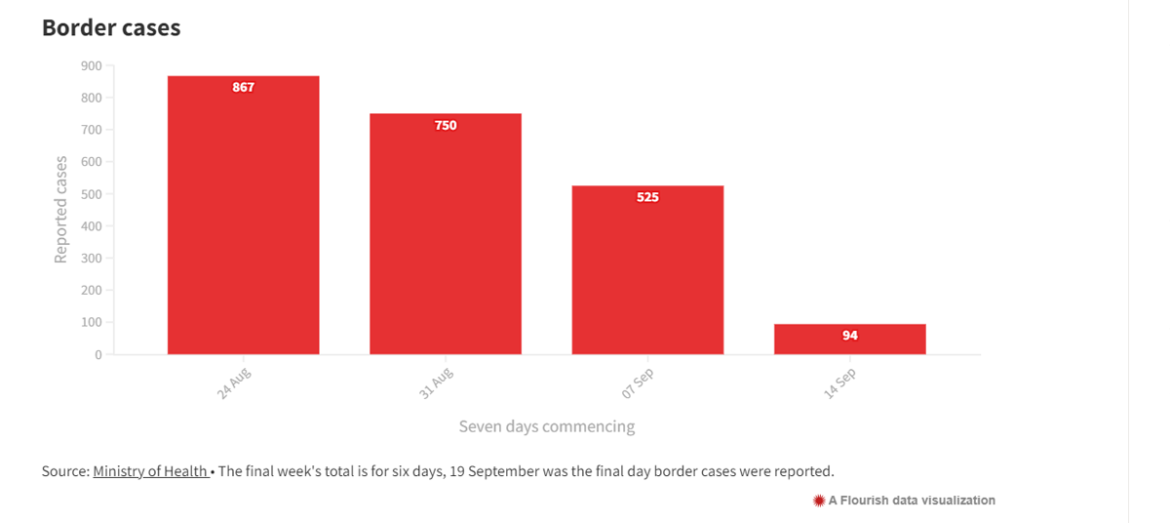
In the week prior to the removal of the requirement to test there were 525 border cases.
This plummeted to 94 reported cases in the six days after the new rule came into effect. Although it was possible some border cases had been counted as community cases in Ministry of Health data, due to changes in the way data was being gathered.
University of Auckland microbiologist Siouxsie Wiles said while the reported numbers were murky due to reporting changes, it was doubtful only 94 people out of almost 70,000 travellers who arrived in New Zealand, had Covid-19.
“I’m not a statistician, but that seems highly unlikely, versus a change in our protocol to require people to be tested.”
Wiles said border testing provided an early warning system of new variants entering New Zealand, and without this, variants would spread in the community before being noticed.
“We’ll be reliant on the tests that have been done in the community, or more increasingly the wastewater testing, looking for variants.”
A Ministry of Health spokesperson said arrivals are still given rapid antigen test kits on arrival and encouraged to test and report their results by phone.
“People returning from overseas who return a RAT result that is positive are encouraged to get a PCR test from a community testing centre or healthcare provider and tell the person who does their test that they have been overseas in the last seven days.”
But the spokesperson said the ministry would not report border cases separately to community cases anymore.
It was not just the public who would not know how many cases are border related. Environmental Science and Research (ESR) professor Mike Bunce said border information was no longer included with samples sent for genomic sequencing.
He said this was because the dismantling of the Covid-19 Protection Framework meant an Air Border Order which had allowed ESR to get data from customs was no longer available.
Covid-19 samples being tested in a lab. Photo: AFP
In the last batch of samples sequenced there were 275 samples identified as border cases. But he would not know how much this had reduced since the testing requirement was dropped until the next fortnightly reporting was collated.
Bunce expected the numbers identified as border cases had dropped, due to the “soft compliance” approach of relying on health providers to collect the information.
“It’s not a big kicker at the moment,” he said, because Covid-19 variants in the community matched those detected at the border.
“However if something new turns up, I would say we’ve softened one part of our surveillance system”.
If the number of samples identified as border cases drop to about 20 it would not be enough samples to determine the proportion of each variant entering the country.
“We’ve just got an underpowered data set,” Bunce said.
University of Auckland researcher David Welch had also been working with genomic sequencing of Covid-19 samples. Welch was critical of the decision to drop border tests.
He said a system requiring people to tell health providers they had travelled overseas in the past seven days was too “ad hoc”.
“There’s always been a three-pronged approach to gathering samples,” he said. One was from hospital cases, so scientists could see if a certain strain of Covid-19 caused more severe cases.
The second was community samples, to see what was circulated. And border samples were the third prong, and gave health specialists an early warning system for what variant might hit the community in two to four weeks time.
“We are losing one leg of the stool.”
Arrivals to Auckland Airport (File photo). Photo: 123RF
The information from border cases provided a two to four week headstart he said, and had allowed modellers to predict when a new variant might set off a wave of cases.
FAKAMATALA FAKATONGA
Kuo faingatātamaki ‘a Nu’u Sila ‘i he teuteu ko ‘eni ki he fōtunga kehe fo’ou ‘o e Koviti 19 tu’unga he kuo ngata ‘a e fiema’u ia ke tesi ‘a e kau folau tū’uta fakavaha’apule’anga’, ko e lau ‘eni ‘a e kau mataotao he mo’ui’.
Ki mu’a ‘i hono liliu ‘a e tu’utu’uni ki he kau’āfonua’, ‘a ia na’e fakahoko ‘eni ‘i he ‘aho 12 Sepitema’, na’e fiema’u ki he kau folau fakavaha’apule’anga k eke nau fakakakato ‘a e tesi rapid-antigen (RAT) ‘i he ‘aho a’a nau tū’uta ai ‘i Nu’u Sila’ pe ‘aho hili ia’, pea mo e ngaahi ‘aho ‘e nima pe ono ki mui ai’.
‘I he lolotonga’ ni ‘oku fakalotolahi’i ken au tesi ka ‘oku ‘ikai ko ha fie ma’u (likaemeni pe requirement).
‘I he uike ki mu’a pea to’o ‘a e likaemeni ki he tesi’ na’e ‘i ai ‘a e keisi kau’āfonua (border pe pōtā) ‘e 525.
Na’e mahiki ‘eni ki he keisi ne lipooti ‘e 94 ‘i he ‘aho ‘e ono hili ‘a hono kamata ‘o e lao fo’ou’. Neongo na’e ‘i ai ‘a e faingamālie na’e ‘i ai ‘a e ngaahi keisi pōtā ‘e ni’ihi na’e lau ia ko e ngaahi keisi komiunitī ‘i he ngaahi fakamatala fakasitētistika pe taata (data) ‘a e Potungāue Mo’ui’.
Na’e pehē ‘e he maikolopaiolosisi mei he ‘Univēsiti ‘o ‘Okalani’ Siouxsie Wiles lolotonga na’e tu’u fehu’ia ‘a e ngaahi fika tupu mei he ngaahi liliu kuo lipooti, na’e ta’epau ‘a e kakai ‘e toko 94 mei he mei toko 70,000 ‘o e kau folau ne tū’uta ‘i Nu’u Sila, ne nau ma’u ‘a e Koviti 19.
‘Oku ‘ikai ko ha setisitieni au, ka ‘oku ngali mā’olunga ‘a e tui ‘e ‘ikai hoko, fakahoa ki ha liliu ki he’etau polotokolo (protocol – tu’utu’uni kuo tali ke muiaki) ne fiema’u ai ‘a e kakai ke tesi.”
Pehē ‘e Wiles na’e fakaai ‘e he tesi ‘i he pōtaa’ ha fakatokanga ki ha fōtunga kehe fo’ou kuo hū ki Nu’u Sila, pea ka ‘ikai ‘eni, ‘e mofele ‘a e velieni ‘i he kominitii’ ki mu’a pea nau fakatokanga’i.
“Te tau fakafalala pe ‘i he ngaahi tesi ne fakahoko ‘i he kominitii’, pe ko hano toe fakalahi ‘o e ngaahi tesi ‘i he vai’uli tuku ange (wastewater) ke kumi e velieni pe fōtunga kehenga’.
Ko e kakai kuo nau foki mei muli pea positive ‘a honau tesi RAT ‘oku fakalotolahi’i ken au tesi PCR mei ha senitā tesi kominitī pe fakaai ‘o hono tokangaekina ‘o e mo’ui mo tala ki he toko taha ‘oku’ ne fai ‘a hono tesi’ na’a nau ‘i muli ‘i he ‘aho ‘e fitu kuo hili’”.
Ka na’e pehē ‘e he matāpulelea’ ‘e ‘ikai toe lipooti ‘e he potungāue ‘a e ngaahi keisi he pōtaa’ ‘o kehe mei he ngaahi keisi he komiunitii’.
‘Oku ‘ikai ko e kakai pe ‘e ‘ikai ke nau ‘ilo ko e keisi ‘e fiha ne tupu mei he pōtaa’. Pehē ‘e he palōfesa he Environmental Science and Research (ESR) professor Mike Bunce kuo ‘ikai toe fakakau ‘a e fakamatala ki he pōtaa’ ia ‘i hono ‘ave kef ai hano genomic sequence.
I he ngaahi semipolo ne toki fakahokohoko’ ko e 275 ai mei he pōtaa’. Ka ‘oku ‘ikai ilo ko e fiha ai kuo fakasi’isi’i ‘i he ngaahi fiema’u tesi ko ia kuo holo’ ki mu’a ha maau ‘a e lipooti ‘i he uike ‘e ua ka hoko’.
Kapau e holo ‘a e lahi e semipolo kuo ma’u’ lolotonga e holo ‘a e keisi he pōtaa’ ki he 20 nai ‘e ‘ikai fe’unga ‘a e ngaahi semipolo ke fakafuofua ai ‘a e poloposio ‘o e velieni ‘oku hū mai ki he fonua’.
Na’a’ ne pehe ko e founga ko ia ‘oku fiema’u ai ‘a e kakai’ ke nau tala ki he ngaahi va’a ki he mo’ui na’a nau folau ki muli ‘i he ‘aho ‘e fitu kuohili’ na’e fu’u fakataumu’a pe ia ki he me’a ko ia’.
Ko e fika ua ko e ngaahi semipolo fakakomiunitii’, ke tau sio ko e ha me’a kuo tau lava ‘o vilohi’. Pea ko e fika tolu ai ko e semipolo mei he pōtaa’, pea ‘oange ai ki he kau taukei makehe ‘o e Mo’ui ha fakatokanga kei taimi ka ‘i ai ha toe valieni ‘e t1o ‘i ha uike ‘e ua pe fā ki mu’a.

